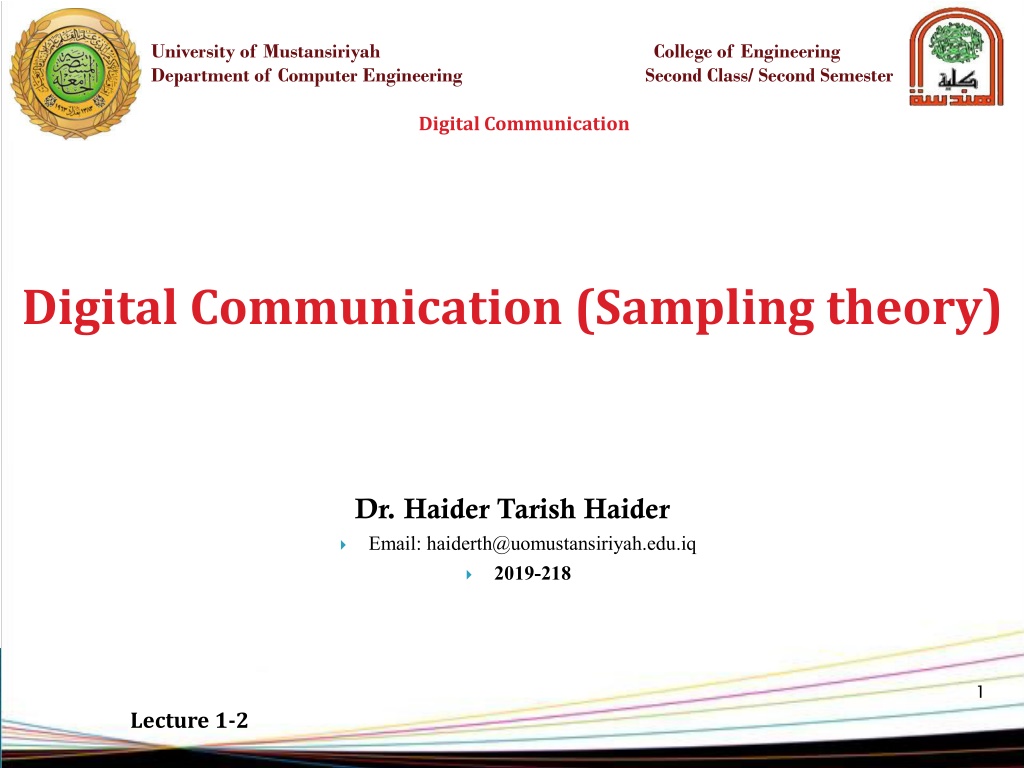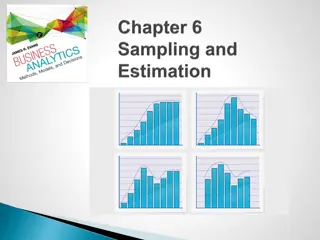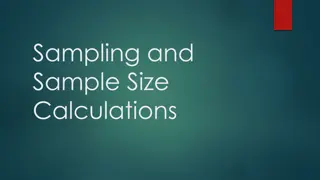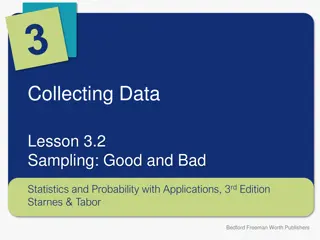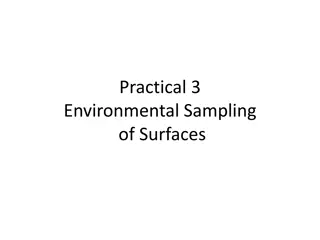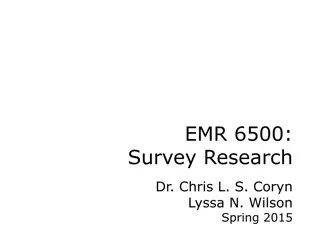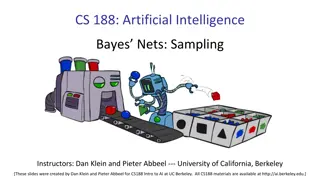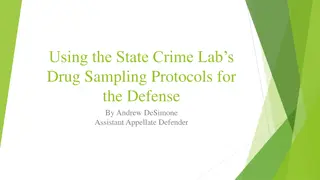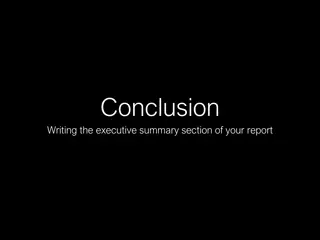Understanding Digital Communication and Sampling Theory in Computer Engineering
Digital communication in the context of computer engineering involves representing information in binary form for transmission. Sampling theory plays a key role in pulse modulation techniques, noise management, and modulation schemes like ASK, PSK, FSK, and QPSK. This course covers various topics such as delta modulation, time division multiplexing, adaptive delta modulation, multiple access technologies, and satellite and wireless communication. References to key textbooks in digital communication are provided for further study.
Download Presentation

Please find below an Image/Link to download the presentation.
The content on the website is provided AS IS for your information and personal use only. It may not be sold, licensed, or shared on other websites without obtaining consent from the author. Download presentation by click this link. If you encounter any issues during the download, it is possible that the publisher has removed the file from their server.
E N D
Presentation Transcript
University of Mustansiriyah College of Engineering Department of Computer Engineering Second Class/ Second Semester Digital Communication Digital Communication (Sampling theory) Dr. Haider Tarish Haider Email: haiderth@uomustansiriyah.edu.iq 2019-218 1 Lecture 1-2
Course Plan 1- Digital Communication: (Sampling theory) 2- Pulse modulation techniques PPM, PWM and PAM, Pulse code modulation (PCM) 3- Noise in PCM 4- Delta modulation (DM) 5- Noise in delta modulation systems and Noise in delta modulation systems comparison of PCM &DM 6- Adaptive Delta Modulation 7- Time Division Multiplexing (TDM) 8- Examples for TDM and Asynchronous TDM 2 Lecture 1-2
Course Plan 9- Amplitude shift- keying (ASK ), bandwidth, power, generation and detection 10- Phase shift- keying (PSK) bandwidth, power, generation and detection 11- Frequency shift keying (FSK) bandwidth, power, generation and detection 12-M-ray and Quadrature PSK (QPSK) 13- Quadrature PSK (QPSK) bandwidth, power, generation and detection 14- Multiple-Access Technologies 15- Satellite and Wireless communication 3 Lecture 1-2
References: 1. B. P. Lathi, Modern Digital and Analog Communication system , Oxford University press, Inc., 1998. 2. Bernard Sklar Digital communications: fundamentals and applications , Prentice-Hall, Inc., 1988. 3. Ian Glover etl DigitalCommunication . Prentice-Hall, Inc., 1988. 4. John G. Proakis and Masoud Salehi DigitalCommunications , McGraw-Hill Companies, Inc., 2001. 5. Hwei P. Hsu , Analog and digital Communications ,Schaum s outline Series, McGRAW-Hill, 2003. 4 Lecture 1-2
Digital signal transmission: In digital communication, the information being transferred is represented in digital form, the most commonly as binary digits, or bits. This is in contrast to analog information, which takes on a continuum of values. Most communication systems used for transferring information today are either digital, or are being converted from analog to digital. Experimental data and mathematical functions are frequently displayed as continuous curve, even though a finite number of discrete points were used to construct the graphs. If these points, or samples, have sufficiently close spacing, a smooth curve drawn through them allows you to interpolate intermediate values to any reasonable degree of accuracy. It can therefore be said that the continuous curve is adequately described by the sample points alone. In similar fashion, an electric signal satisfying certain requirements Can be reproduce entirely from an appropriate set of samples the sampling theory gives the necessary conditions needed to transmitted the sample values only instate of sending the signal continuously this is pulse modulation. The main different between pulse mod. 5 Lecture 1-2
C.W modulation is in C.W modulation some parameter of the modulated wave varies continuously with the message. In pulse modulation some parameter of each pulse is modulated by a certain sample value of the message usually the pulse are quit short compared to the time between then so a pulse modulated wave is off most of the time. This pulse modulation offers two advantages over continuous wave modulation. 1- The transmitted power can be concentrated into short bursts rather than being delivered continuously. 2- The time intervals between pulse can be filled with samples value from other message allowing the transmission of many messages on one communication system. 6 Lecture 1-2
This is known as Time division Multiplexing (TDM) another difference between pulse and continues wave modulation is that the pulsed wave may contain DC and low freq contents, transmission requires a second operation continuous waves modulation (Wm) to provide complete freq translation. There are two basic types of pulse module. 1. Analog such as PAM (pulse amplitude modulation) and PPM (pulse position modulation), PDM (Pulse duration Modulation) 2. Digital (or coded) pulse modulation such as PCM (pulse coded mod) 7 Lecture 1-2
8 Lecture 1-2
9 Lecture 1-2
10 Lecture 1-2
11 Lecture 1-2
12 Lecture 1-2
13 Lecture 1-2
Q & A Q & A Thank You Thank You 14
